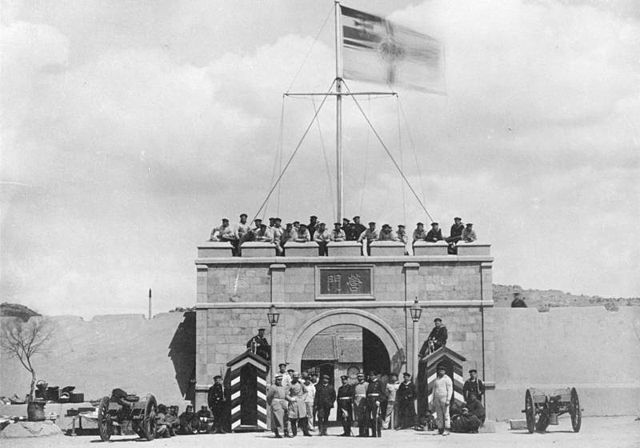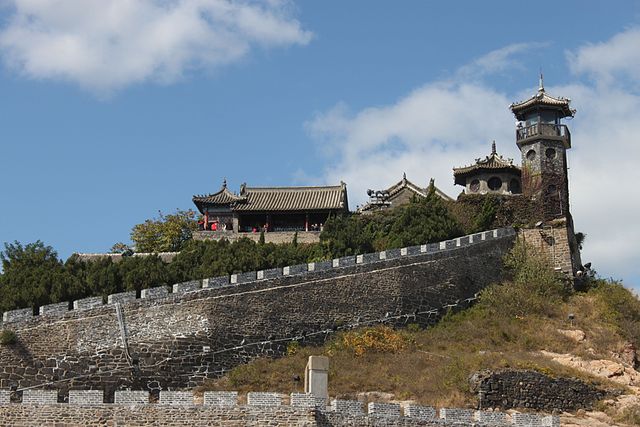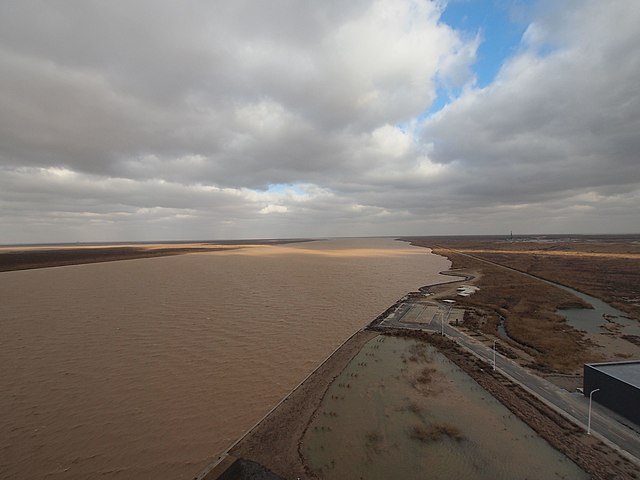Qingdao, traditionally romanized as Tsingtao, is a city in eastern Shandong Province of China. Located on China's Yellow Sea coast, it is a major nodal city of the Belt and Road Initiative (BRI) that connects Continental and East Asia with Europe. It has the highest GDP of any city in the province. Administered at the sub-provincial level, Qingdao has jurisdiction over seven districts and three county-level cities. As of the 2020 census, Qingdao built-up area made of the seven urban districts was home to 7,172,451 inhabitants, making it the 15th largest city in China by population. Lying across the Shandong Peninsula and looking out to the Yellow Sea, it borders the prefecture-level cities of Yantai to the northeast, Weifang to the west and Rizhao to the southwest.
Main gate of former Chinese munitions depot, taken over by the Imperial German Navy, Kiautschou Bay, Shandong peninsula, 1898
Japanese military currency Siege of Tsingtao 10 sen (1914)
Image of Qingdao in the early 1900s
City Hall of Qingdao
Shandong is a coastal province in East China. Shandong has played a major role in Chinese history since the beginning of Chinese civilization along the lower reaches of the Yellow River. It has served as a pivotal cultural and religious center for Taoism, Chinese Buddhism and Confucianism. Shandong's Mount Tai is the most revered mountain of Taoism and a site with one of the longest histories of continuous religious worship in the world. The Buddhist temples in the mountains south of the provincial capital of Jinan were once among the foremost Buddhist sites in China. The city of Qufu was the birthplace of Confucius, and later became the center of Confucianism.
Image: Penglai Pavilion
Image: 黄河入海流 Destination of Yellow River 2011.11 panoramio
Image: 微山湖
Image: Qufu Confucian Temple 49189 Qufu (49055643376)








